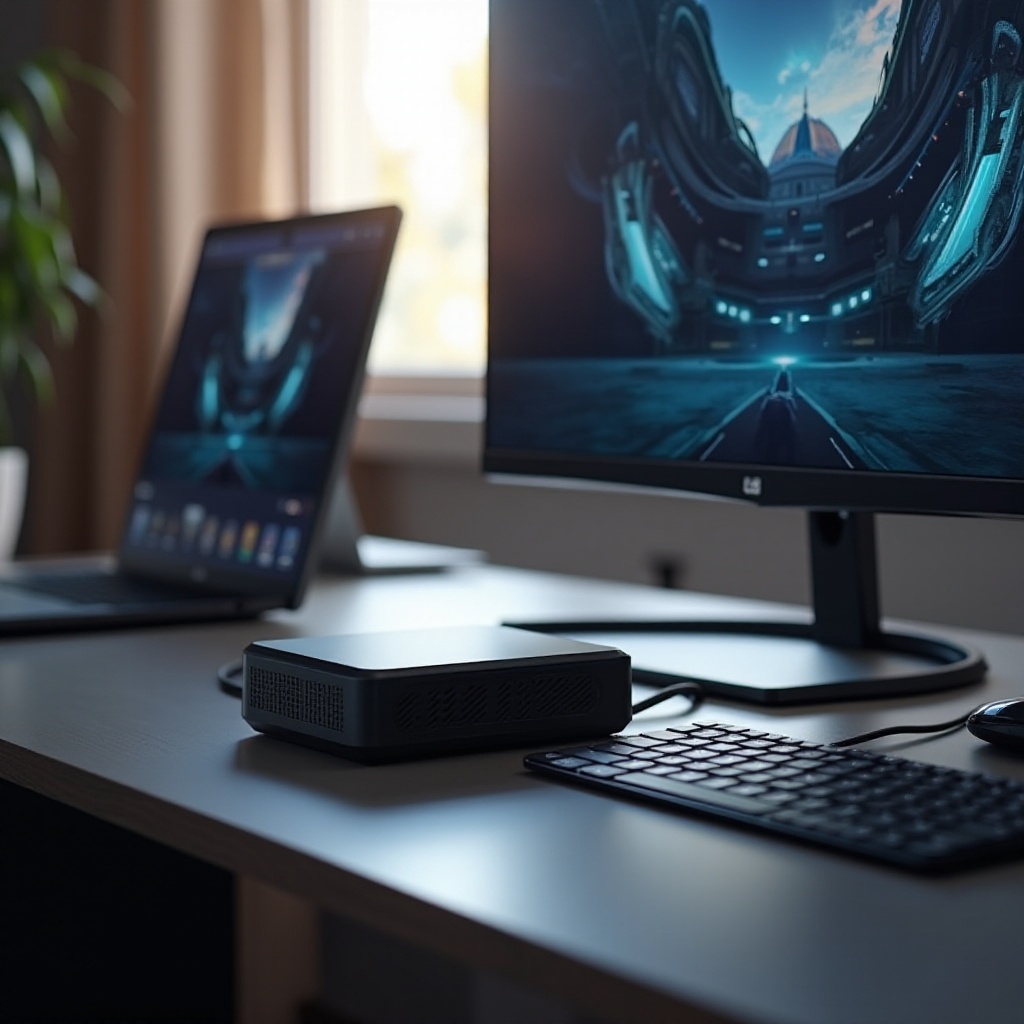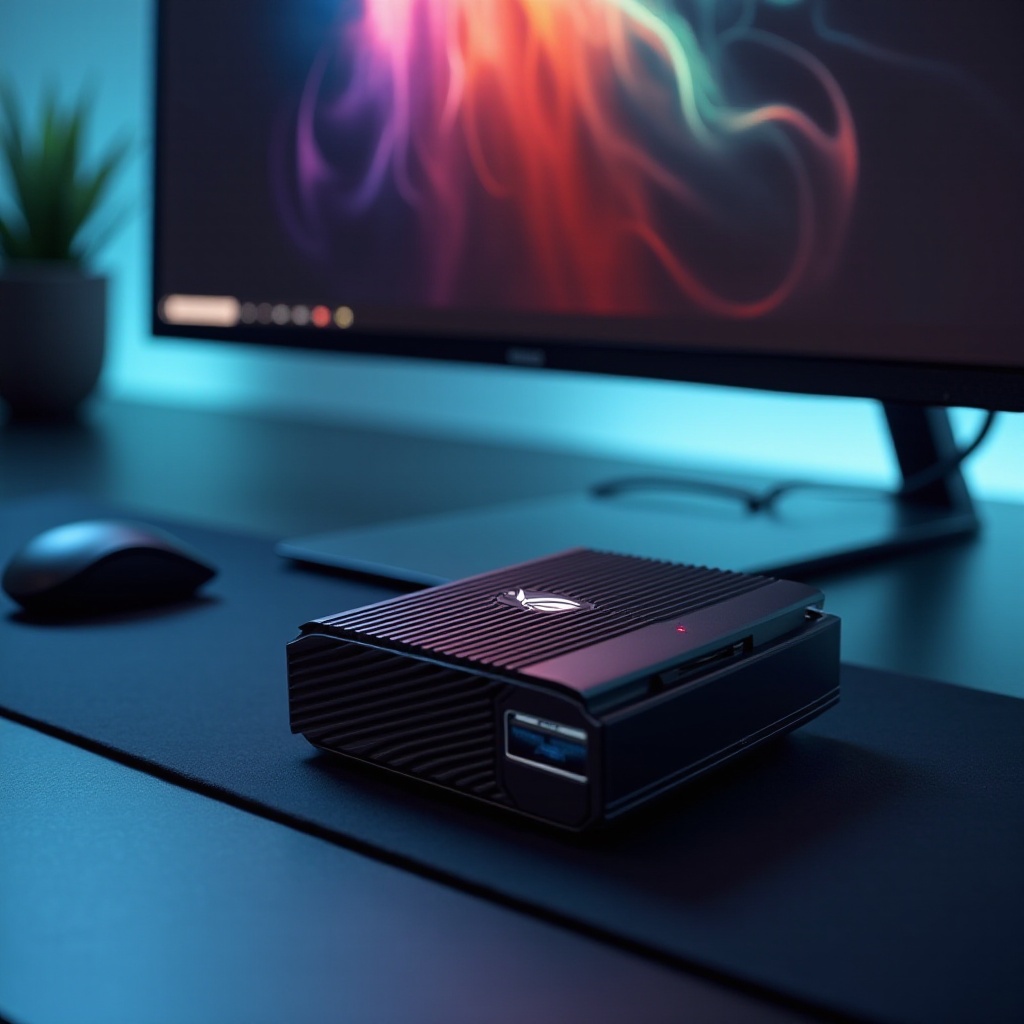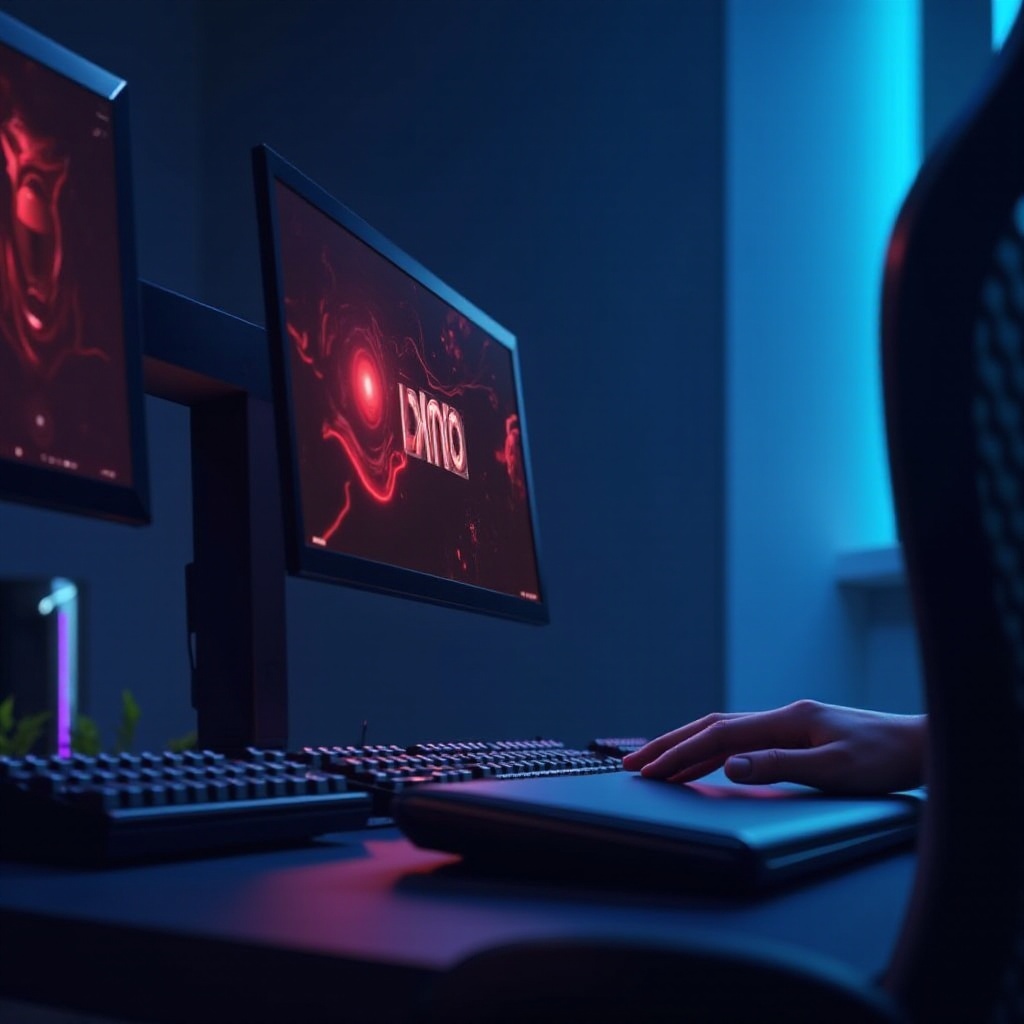Is ASUS ZenScreen Compatible with ROG Ally and eGPU?
Introduction
The tech world is in a constant state of evolution, and gadgets like the ASUS ZenScreen, ROG Ally, and eGPUs are at the forefront of this transformation. These devices have become staples among tech enthusiasts who are always on the lookout for ways to optimize their device ecosystem. This quest often leads to questions about compatibility and integration, as users aim to enhance gaming and productivity experiences. Today, we investigate: is the ASUS ZenScreen compatible with the ROG Ally and eGPUs? Throughout this guide, we’ll explore the various aspects of these devices, offering insights to those keen on achieving a seamless tech experience.

Understanding the ASUS ZenScreen
The ASUS ZenScreen is celebrated as a versatile portable monitor, praised for its slim design and superior display capabilities. It’s a game-changer for both professionals and gamers, facilitating an expanded workspace on the go. By employing USB-C or USB-A connections, the ZenScreen can connect to a diverse range of devices, showcasing remarkable adaptability. Whether you’re striving to boost productivity or elevate your gaming setup, ZenScreen’s portability and connectivity are invaluable.
Navigating from the ZenScreen, our next focus settles on a formidable device in the gaming realm. The ASUS ROG Ally seeks to redefine portable gaming with its powerhouse capabilities and innovative design.
Overview of the ROG Ally
The ROG Ally is ASUS’s ambitious venture into handheld gaming, offering a compact yet potent experience. Boasting top-tier processing power and engaging display features, it’s crafted to compel gamers. One of its standout attributes is the ergonomic design that ensures comfort during extended gaming sessions, coupled with customizable controls for personal touch. Additionally, features like high refresh rates contribute to a more immersive experience, setting the ROG Ally apart from traditional gaming devices.
Understanding its connectivity options is vital for those intending to pair it with additional hardware like the ASUS ZenScreen or eGPUs. Transitioning from handheld prowess, we delve into the world of eGPUs, which promise to amplify graphical performance beyond limitations.
Exploring eGPU Technology
External Graphics Processing Units (eGPUs) furnish an intriguing solution to enhance a device’s graphical output, negating the need for substantive upgrades. They seamlessly integrate with laptops and portable gaming consoles, infusing them with desktop-level graphics potential. Such advancements are indispensable as gaming and professional applications demand heightened power and visual experience.
The rise of eGPUs has transformed how users engage with technology, providing frames per second and rendering boosts pivotal for gaming enthusiasts. For those eager to utilize eGPUs, understanding their interfaces and how they mesh with other devices unlocks significant potential.

Compatibility Check: ASUS ZenScreen with ROG Ally
Compatibility is crucial when attempting to pair the ASUS ZenScreen with the ROG Ally. Examining connection ports and display technologies can illuminate pathways for successful integration. Fortunately, the ZenScreen supports popular HDMI and USB-C connections, in line with the ROG Ally’s offerings. Here’s a practical setup approach:
-
Using a USB-C Cable: For devices with USB-C proficiency, this method provides a straightforward, reliable link. Connecting via USB-C from the ROG Ally to the ZenScreen seamlessly extends the display.
-
HDMI Connections: HDMI adapters are viable for standard HDMI port utilization, ensuring high-quality visual transfers.
Evaluating specifications before establishing connections is prudent. Adjustments to ZenScreen’s drivers and compatibility settings might be needed to optimize performance. Once configured correctly, the duo can deliver a tailored experience for both gaming and professional tasks.
Moving forward, let’s examine how eGPUs can supercharge the ROG Ally, transforming it into a portable powerhouse.
Optimizing Performance with eGPUs
Integrating eGPUs with the ROG Ally can bolster its graphical prowess significantly, formatting a near desktop-like gaming environment. Here’s how to proceed:
-
Choosing the Right eGPU: Compatibility is paramount, so selecting eGPUs like the ASUS ROG XG Station, known for seamless integration, is advisable.
-
Connection Process: Deploy Thunderbolt 3 or USB-C connections for optimal bandwidth, ensuring both the ROG Ally and eGPU support these ports.
-
Software Installation: Load necessary drivers and software to enable the eGPU, allowing users to tweak settings and enhance performance.
-
Performance Configuration: Post setup, adjust graphical output to find a balance between performance and quality without compromising device stability.
With precision setup, eGPUs amplify the ROG Ally’s graphical intensity, enabling high-definition gaming experiences on the move.

Conclusion
To unlock the full potential of your ASUS ZenScreen and ROG Ally, understanding connectivity and compatibility is vital. Pairing these devices with each other and external eGPUs can significantly enhance performance, whether for gaming or professional productivity. By following recommended setups and installation tips, users can achieve a harmonious tech ecosystem that meets modern demands.
Frequently Asked Questions
How do I connect the ASUS ZenScreen to the ROG Ally?
You can connect the ASUS ZenScreen to the ROG Ally using a USB-C cable or an HDMI connection. Ensure both devices support the selected connection type for optimal results.
Are there specific eGPU models recommended for the ROG Ally?
Models like the ASUS ROG XG Station are recommended due to their robust compatibility with various devices. Always verify that the eGPU supports the desired connection ports of the ROG Ally.
What should I do if there are compatibility issues?
If compatibility issues arise, check for driver updates or compatibility settings for both the ASUS ZenScreen and eGPU. Consulting ASUS’s support forums and documentation may provide additional solutions.
